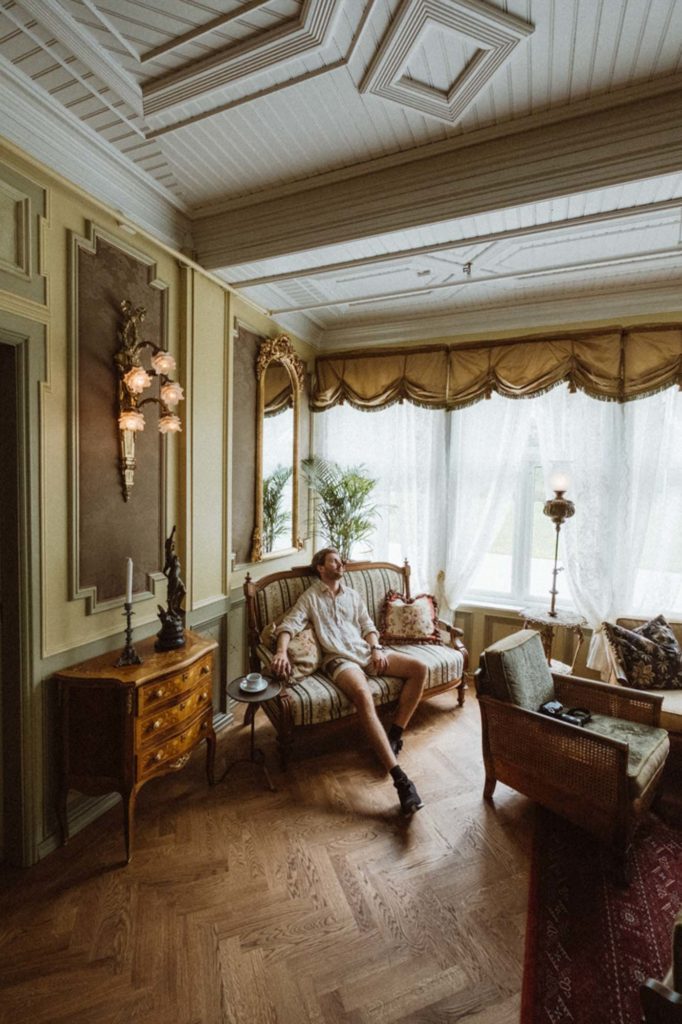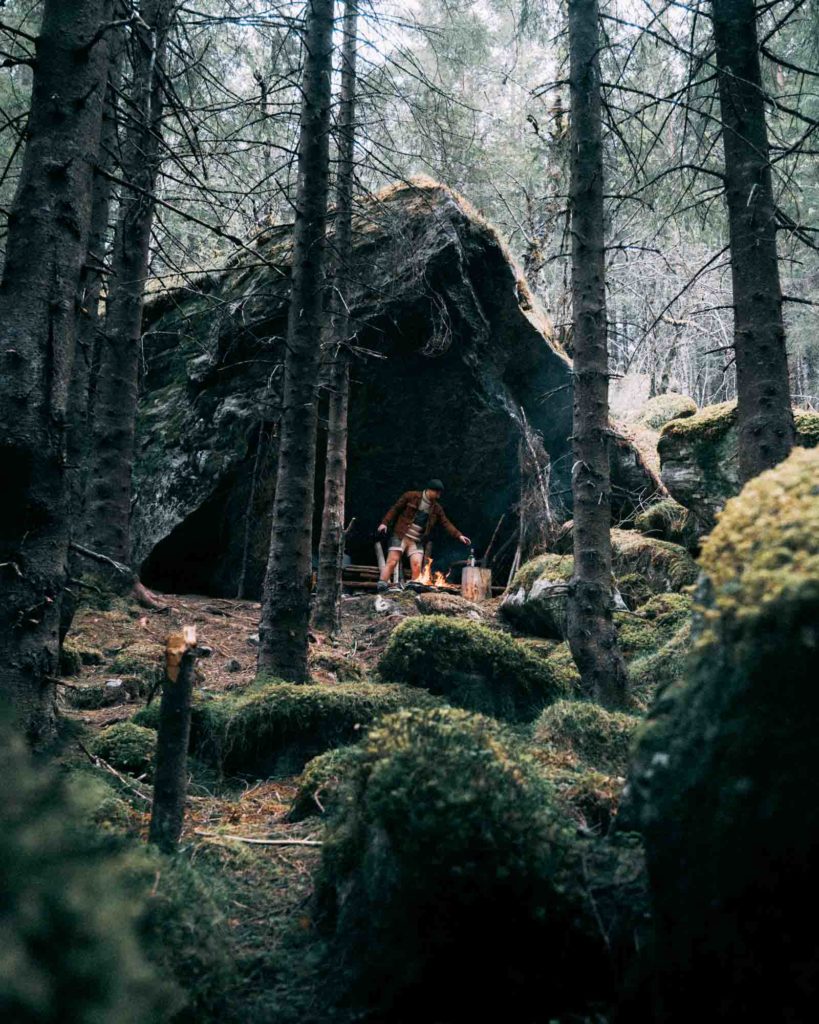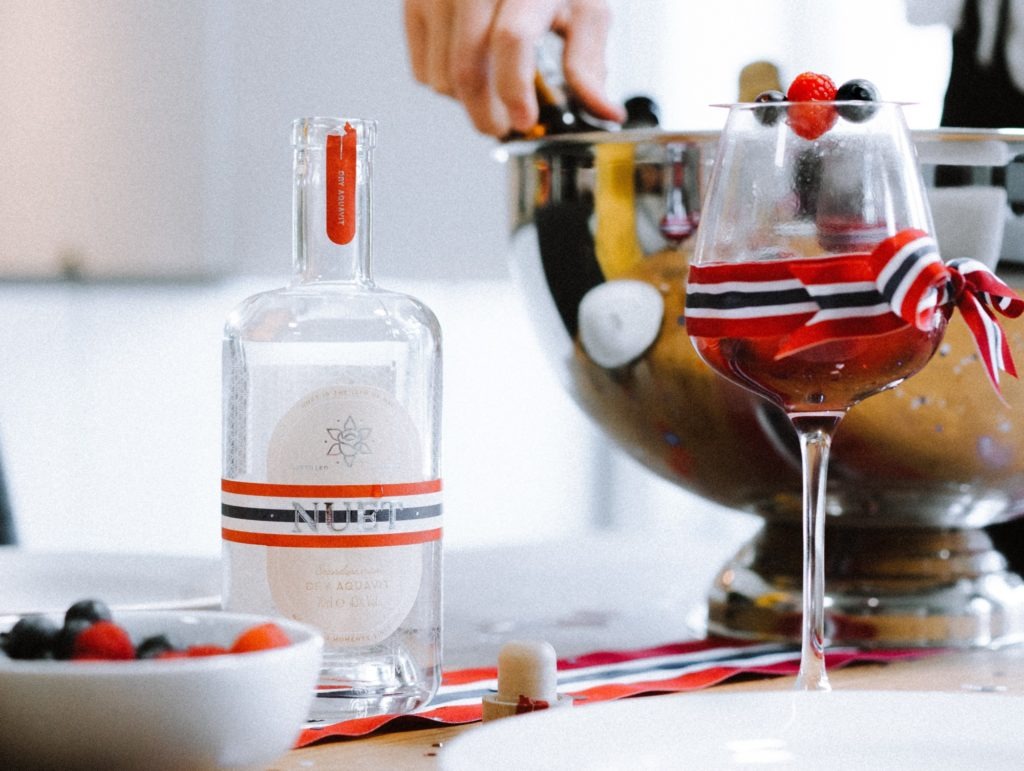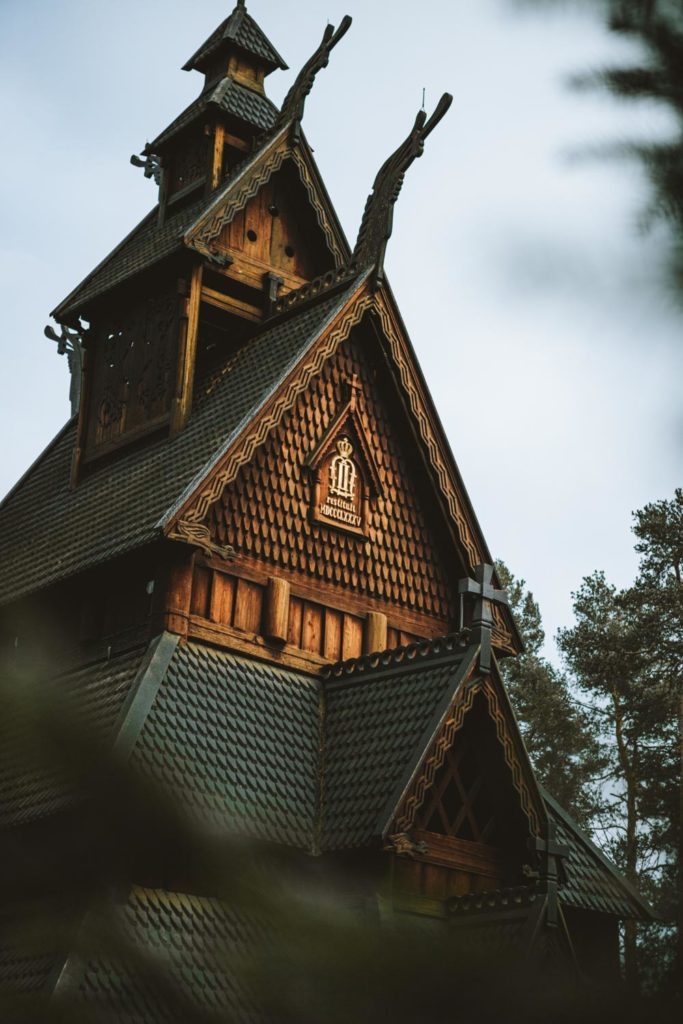Scandinavian Jul
In Scandinavian language, Christmas is named Jul. The word origins from old Norse, spoken by Scandinavian Vikings over a thousand years ago. Jólablót, originally was the word for mid-winter-day, the 12th of January, but evolved into Jul as the different Nordic languages developed. As Christianity entered the region, Norse traditions faded, but the name still stuck around, becoming the word for Christmas. Brits may know this time as yule or yuletide. Yule covers the same period as the Scandinavian jul, and was traditionally celebrated to commemorate the dead, arrange wild hunts lead by mythological figures and celebrate the Norse god Odin. The origins of yule are disputed, with the British claiming the word descends from Old English, while Scandinavians claim that the word is stolen from Old Norse.
Christmas Eve
Unlike many European countries and the Americas, the main event of Christmas in Scandinavia happens on Christmas Eve, the 24th of December. This is the day where friends and family gather to eat too much greasy food, have drinks, and open presents. After a grand feast and some time for the food to settle, the festivities begin. Many Scandinavians celebrate with a Christmas tree dance where participants hold hands and walk around the Christmas tree, singing carols. Giving the tradition some adrenaline is the lit candles resting on the fir’s branches. Here it is important to be careful so you don’t burn holes in your knitted Christmas sweater.
Topping the list of knitwear per capita, it is almost certain that the majority of Scandis receive a pair of home-knitted mittens, woollen socks, and other homemade clothes. In Norway, Christmas Eve goes on way after midnight as 90% of Norwegian households open one present after another. Norwegians often gather the extended family for Christmas, and with ten or more people in the house, it is understandable that the festive consume hours upon hours.
Last week, we published a blog post about the Scaninavian Christmas Feast, which you can read here.
Romjul – Space Christmas
On the 26th of December, the period known as Boxing Week in the UK, the Norwegian romjul starts. Directly translated to Space Christmas, romjul is the space between Boxing day and New Year’s Eve. Again, the word descends from Old Norse. The word rúmheilagrmeans “period that doesn’t have to be holy”. Scandinavians spend the week with their loved ones, eating good food, playing board games, and participating in other festive activities. Schools, as well as many offices, close down during this period to give their employees some time off to recharge their batteries before the new year. Romjul often hosts many winter sports events like biathlon and cross-country skiing. What is more Scandinavian than spending some well-deserved free time on skis through forests and over mountains?

Drinks
Being the time of large, greasy meals it is important to have the right drinks to rinse the throat with afterwards. For 500 years, the Scandinavians have celebrated large festivities with a bottle of Aquavit on the table. The caraway-based spirit is often used for schnapps, small shots taking during the course of a meal. This has been the use-case of Aquavit for centuries, but in May 2020, new aquavit entered the game. Nuet Dry Aquavit is a revolutionary aquavit that serves as the world’s first premium gin substitute, perfect for cocktails. This Christmas, we have released several drink recipes perfect for the romjul evenings. Check out the Freezing Robin, Rising Skies, Nuet Gimlet and more in our drinks section, and buy your own 70cl of Nuet Dry Aquavit in our webshop.
Interesting read? Here at Nuet, we publish weekly posts about everything Scandinavian, from cuisine to culture. Read more at nuetaquavit.kinsta.cloud/stories and follow our Instagram @nuetaquavit to get instant updates on new posts. And, if you’re super interested, you could sign up for our newsletter at the bottom of the site, and get a chance to win a free bottle of Nuet Dry Aquavit.






















































